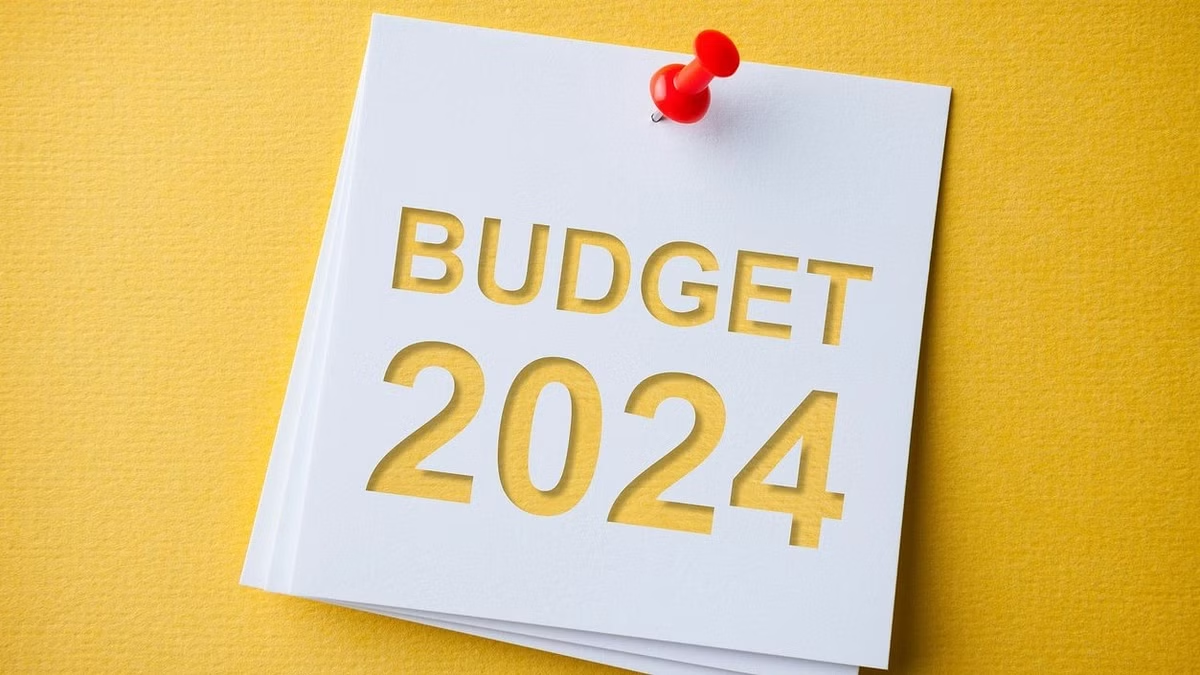01-Feb-2024 Highlights of Interim Budget 2024-2025: A Brief Overview
#interimbudget2024 #farmerswelfare #economicoutlook #budgetaryoverviewThis summary encapsulates the essence of the Budget, emphasizing key areas that are poised to impact businesses, individuals, and the overall economic landscape.

As we navigate through the financial landscape, it is with great pleasure that I share with you the key highlights of the interim Budget 2024-2025, a pivotal moment shaping the fiscal direction of our nation.
In the spirit of transparency and keeping our valued clients well-informed, our team, led by our Managing Partner, has meticulously distilled the extensive budgetary information into a concise overview. This summary encapsulates the essence of the Budget, emphasizing key areas that are poised to impact businesses, individuals, and the overall economic landscape.
Key Features of Interim Budget 2024-2025:
1. Development Mantra - Viksit Bharat by 2047
- Vision: Prosperous Bharat in harmony with nature, modern infrastructure, and opportunities for all.
- Sabka Saath, Sabka Vikas, Sabka Vishwas.
2. People-Centric Inclusive Development
- Substantive development of Physical, Digital, and Social infrastructure.
- Digital Public Infrastructure (DPI) for formalization and financial inclusion.
- GIFT IFSC as a robust gateway for global capital.
3. Focus Areas
- Significant decline in the percentage of population in multidimensional poverty.
- Garib Kalyan, Desh ka Kalyan - Direct Benefit Transfer (DBT) leading to savings.
- Empowering Youth - Skill India Mission, increased budget allocation for PM-SHRI.
4. Welfare of Farmers - Annadata
- Direct financial assistance to 11.8 crore farmers under PM-KISAN.
- Crop Insurance for 4 crore farmers under PM Fasal Bima Yojana.
- Integration of 1,361 mandis under e-NAM.
5. Nari Shakti
- 30 crore Mudra Yojana loans to women entrepreneurs.
- Increased female enrollment in higher education and STEM courses.
- Rise in Female Labour Force Participation Rate.
6. Strategy for Amrit Kaal (Sustainable Development)
- Commitment to 'Net Zero' by 2070.
- Viability gap funding for wind energy, e-vehicles promotion.
- Rooftop solarization for 1 crore households.
7. Infrastructure and Investment
- Implementation of major railway corridor programs.
- Promotion of foreign investment and increased capital expenditure.
8. Inclusive Development
- Aspirational District Program for faster development.
- Health initiatives including Cervical Cancer Vaccination, Saksham Anganwadi, and Poshan 2.0.
9. Agriculture and Food Processing
- Promotion of investment in post-harvest activities.
- Atmanirbhar Oilseeds Abhiyaan and Pradhan Mantri Matsaya Sampada Yojana.
10. Resilient Performance of the Indian Economy
- Declining CAD and Unemployment Rate.
- Rise in Digital Transactions and Gross GST collections.
11. Achievements of Taxation Reforms
- Direct Tax Collections have more than trebled in the last 10 years.
- The number of return filers has increased by 2.4 times, indicating a significant rise in tax compliance.
12. Tax Buoyancy:
Tax buoyancy of State revenue has increased from 0.72 (2012-16) to 1.22 in the post-GST period (2017-23). Tax buoyancy refers to the responsiveness of tax revenue to changes in the Gross Domestic Product (GDP). A tax system is considered buoyant if tax revenue grows at a faster rate than the economy. This indicates the effectiveness of tax reforms in aligning revenue growth with economic expansion.
13. Refund Processing Time:
Average processing time for returns has reduced from 93 days (2013-14) to 10 days (2023-24), facilitating faster refunds.
14. Import Release Time Reduction:
Import release time has decreased by 47% at Inland Container Depots, 28% at Air Cargo complexes, and 27% at Sea Ports since 2019.
15. GST Collections:
Average monthly Gross GST collections have doubled to ₹1.66 lakh crore in FY24, reflecting a robust taxation system.
16. Industry Perception:
- According to a survey conducted by a leading consulting firm, 94% of industry leaders view the transition to GST as largely positive.
- 80% of respondents feel GST has led to supply-chain optimization.
17. Reduction in Logistics Cost:
Positive impact on consumers with a reduction in logistics costs and prices of most goods and services.
18. Relief in old demands:
Off late, tax payers are bombarded with past demands right from 2004-05 and onwards. These demands are raised based on manual records of the income tax department. Often, these demands are not tenable but due to want of old records, tax payers are not able to get the same removed by providing necessary supporting. In order to address this issue, it is proposed to withdraw Income Tax demand below Rs 25000 up to FY 2009-10 (AY 2010-11) and below Rs 10000 from FY 2010-11 (AY 2011-12) to FY 2014-15 (AY 2015-16). This will benefit 1 crore tax payers.
19. For Startups:
- Extended tax benefits for startups till 31st March 2025.
We believe that this succinct overview provides valuable insights into the Budget 2024-2025, underscoring the strategic initiatives that are set to shape our economic landscape. As always, we remain committed to keeping you abreast of developments that may impact your financial endeavors.
Should you have any specific queries or require further clarification on any aspect of the budget, please do not hesitate to reach out to us on mitesh@apmh.in / info@apmh.in.
Your trust in our services is paramount, and we are here to ensure your financial success.
